

In this game you take the place of an unnamed and upcoming street racer in the fictional city of Ventura Bay. After winning an event, you’re introduced to Spike and his group of four street racing friends. Each has their own unique driving style and each is trying to get the attention of one of the five icons of racing, played by names like Ken Block, Magnus Walker and Morohoshi-San. Here, these friends and icons play into ‘five ways to play’, a new system introduced by Ghost Games that rewards you with reputation points based on how you race. The five categories include speed, style, build, crew and outlaw, and allow you to earn points from driving fast to drifting, evading police to upgrading your vehicle.
In the new Need For Speed, your progress is measured by your reputation level. As you earn reputation you gain new levels; they in-turn unlock more events. In addition to these events you have missions that progress the storyline itself; you’ll either race against or alongside your new friends in an attempt to interact with the five different racing icons. In typical Underground fashion, Ghost Games has re-introduced cutscenes to progress the story, but let me warn you, they’re cheesy. Sponsored by Kraft cheesy.
Mozzarella-inspired cutscenes aside, the problem with Need for Speed is that it lacks direction. Outside of the mission events you have to complete, you’ll wonder why you have to finish up all the other non-essential races. Reputation is easy to come by, as is money, and any event you complete stays on the map. As such, you’ll never feel like you’ve accomplished anything. I appreciate being able to re-do races, but when I check the map and I can’t filter by new events it just seems like I’m re-doing things over and over.
What also doesn’t make sense is that standard events that I’ve previous completed can sometimes become storyline missions. That means you’ll have to re-complete certain races. I’d much prefer something to Most Wanted or Underground 2 where I was completing events to hit a target and unlock a certain championship or race. It just seems lacking here.
Moving on, undoubtedly one of the biggest (and dare I say the most fan-requested) features of the reboot is customisation, and it’s clear that effort has been taken here by the developers. Each of the 51 vehicles on the roster is customisable in terms of both body, visuals and performance. Visually, bumpers, spoilers, bodykits, taillights and rims are customisable with both real-life and fictitious parts . Performance mods also range from engine blocks to forced induction, sway bars to ECUs. It’s the most comprehensive customisation since Underground 2 for the franchise and Midnight Club LA for the genre.
The only issue I had is that it never seemed like there was enough variety in the parts themselves. Spoilers for the RX7 all looked somewhat samey and there was only one or two options for each type of part. I also miss the simpler days of paint and vinyl editing where I didn’t need to muck about with sliders for vinyl sizes and position or paint saturation and brightness. This is true especially when working across multiple panels of the car. That aside, and massively to Ghost Games’ credit, the options are vast and even more impressively, cars do sound different once modified, which is really fantastic to see (or is that hear?).
Keeping with customisation and paying homage to both Underground 2 and Most Wanted, the reboot allows for tuning of your handling as well. Players can either use a single slider on whether to make their vehicles more susceptible to drifting (like we’ve seen in recent titles) or grip, or can change options like steering behaviour and front or rear tire pressure. Admittedly I wasn’t too sold on the physics model to begin with, but having upgraded to my RX7 things improved significantly. The problem is that you can only adjust your handling from within the garage, so if you want extra grip for a circuit but less grip for a drifting even you’ll need to return to the garage to change your handling or your vehicle – and bringing up the menu, going to the garage, changing the settings and going back to the world (including load times) is a serious grind.
Now a major criticism of the reboot was the announcement by Ghost Games that it has to be always-online. Initially I felt the scepticism was undeserved, but having now seen its implementation I’m disappointed it’s a direction the developers decided to go down. Let it be known that the decision to require a constant internet connection is perhaps the biggest failing of this game, and dare I say it’s the main reason that stops this reboot from being the successful unofficial sequel to Underground 2 that we wanted it to be. For starters, requiring any game with a single-player campaign to be always-online to the point that any disconnection forces you to the title screen is beyond ridiculous.
It makes no sense that I can be in my garage and upgrading my car alone, to then being forced to the title screen because my online connection is lost. When the most my social interaction in this game has been Autolog suggestions and maybe another person roaming in my world (that I don’t interact with), it’s like the developers thought the reboot would be as populated as World of Warcraft. Being harsh where it’s due, it’s blatant over confidence in how popular they think the game would be. Furthermore, why they couldn’t have the game continue to run and establish the connection in the background is beyond me.
Need for Speed‘s biggest problem by far is that there’s no pausing in this game. I understand that there’s no pause in multiplayer, but the franchise is — and should be — single-player first and multiplayer second. It’s frustrating that I can’t pause the button mid-race to scratch my nose if I have to or that if I want to check the map for my next race that my car will continue forward uncontrolled into traffic. It’s ridiculous that if I’m approaching the finish line and I won’t win that to restart I need to brake to a halt, open the ‘menu’ and select restart so that my car doesn’t continue over the finish line and I need to teleport to the race start again once I return to free roam.
Once again, this is in single-player where my opponents are AI and somehow I need a constant connection. If this was done so the game feels ‘fluid’ then why am I forced to watch the post-race results screen for 30 seconds after each and every race rather than it show in the corner of my HUD? I don’t want to understate it here when I say that always-online and no pause function is completely and utterly the most ridiculous feature I’ve seen in a game. Ever.
Despite fans calling it as such, Electronic Arts has never referred to their latest title in the Need For Speed franchise as a sequel to the Underground games and I can understand why. Even though it has all the hallmark features that we’ve been clamouring on for over the past decade – deep customisation, night-time racing, a return to Japanese tuner culture and even a storyline, it’s an expectation that’s was always going to be impossible to achieve.
It’s obvious the homages this game makes to the games between Underground and Carbon – from the car list (which is a little lacking if I’m honest), the customisation, the layout and look of the city, the variety in the race types and even the cut-scenes, but despite offering everything Black Box did a decade ago, it doesn’t feel the same.
I can’t pinpoint exactly what it is – perhaps the music, maybe because I was younger, games weren’t as advanced and I expected less, but I just can’t replicate that feeling that I remember from 10 years ago. Ghost Games were standing on the shoulders of absolute giants when they decided to tackle this kind of game and while it isn’t completely everything I expected it would be, they’ve still done a good job. It’s a shame that this pursuit for always being online dampens the experience, but still, it’s a decent street racer and one I think gamers will appreciate and enjoy nonetheless.
Need For Speed was reviewed using a promotional disc on Xbox One, as provided by the publisher.
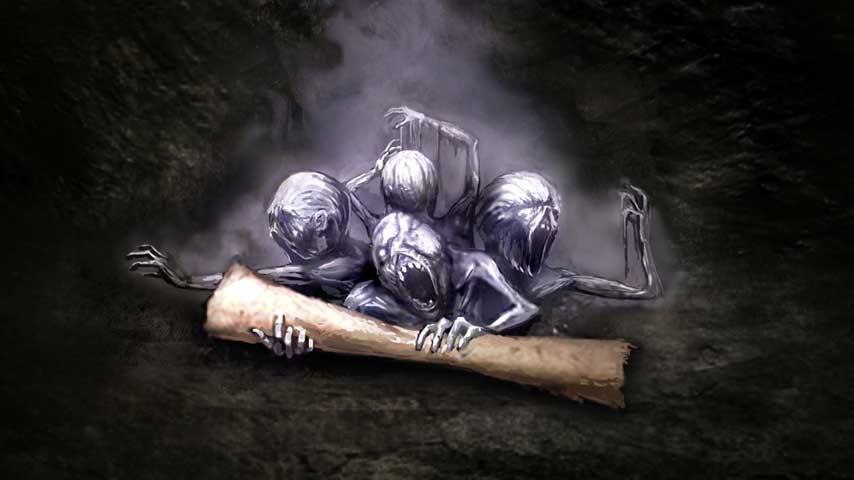

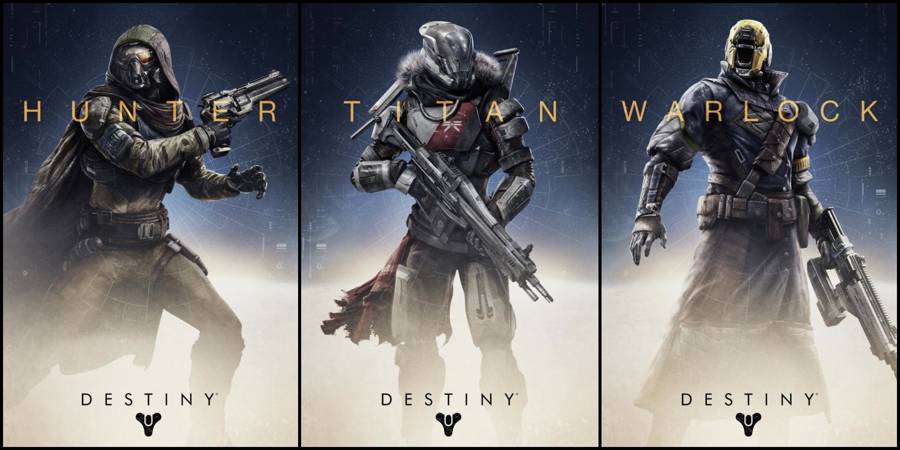

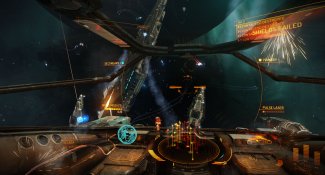 Frontier on the constant evolution of Elite: Dangerous
Frontier on the constant evolution of Elite: Dangerous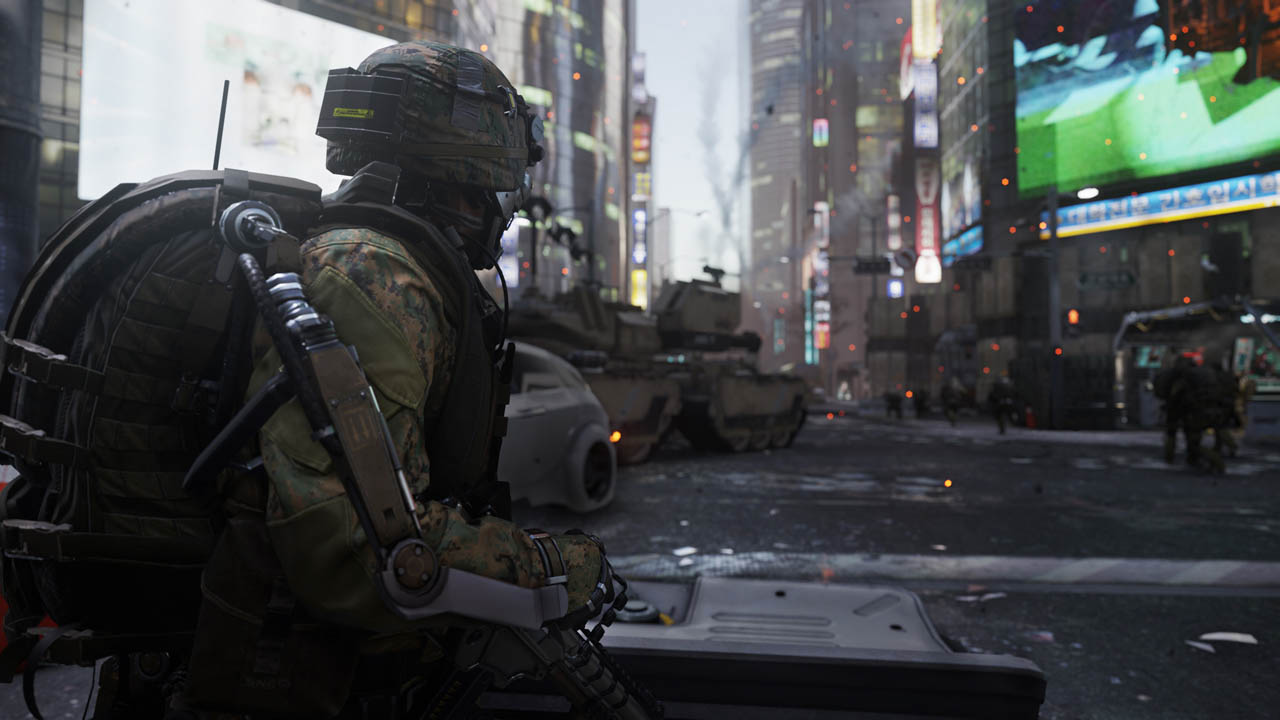 Call of Duty: Advanced Warfare – Mission Intel Locations
Call of Duty: Advanced Warfare – Mission Intel Locations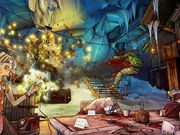 . Plays December 16
. Plays December 16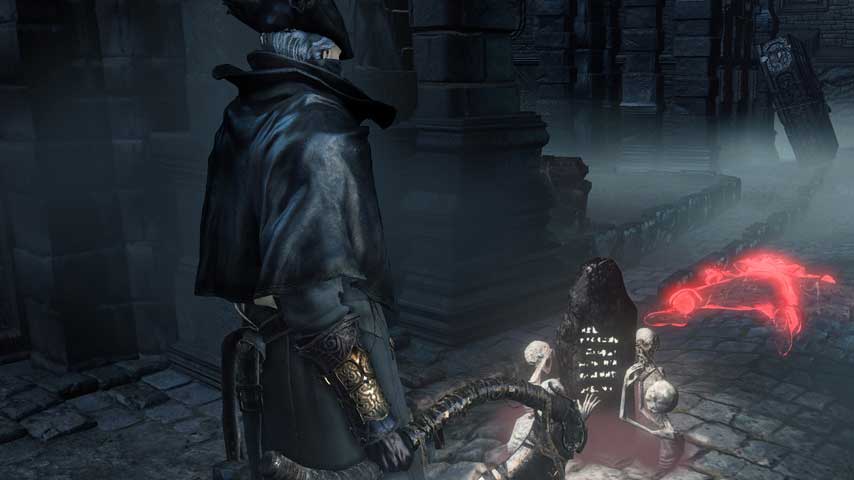 Bloodborne guide part 15: Yahar’gul, Unseen Village to The One Reborn
Bloodborne guide part 15: Yahar’gul, Unseen Village to The One Reborn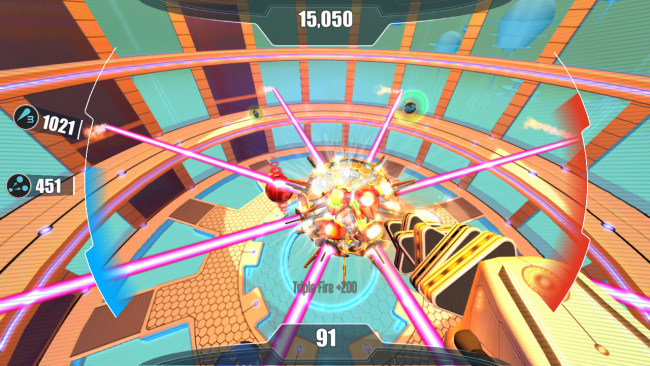 Drunken Robot Pornography
Drunken Robot Pornography